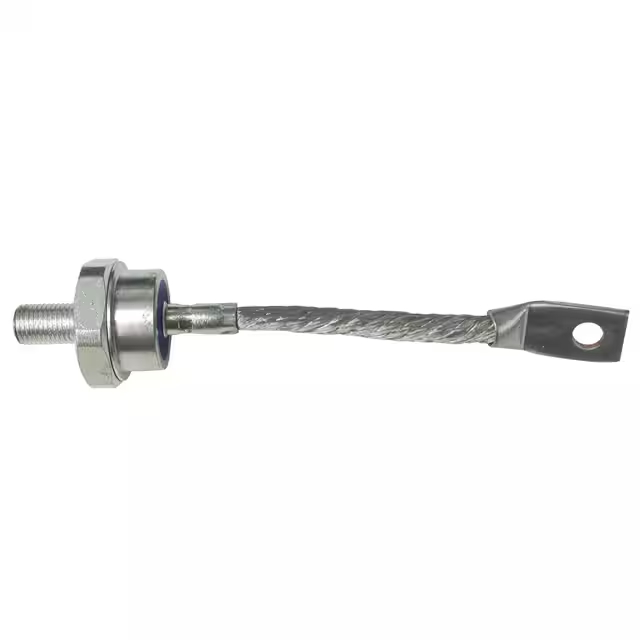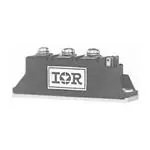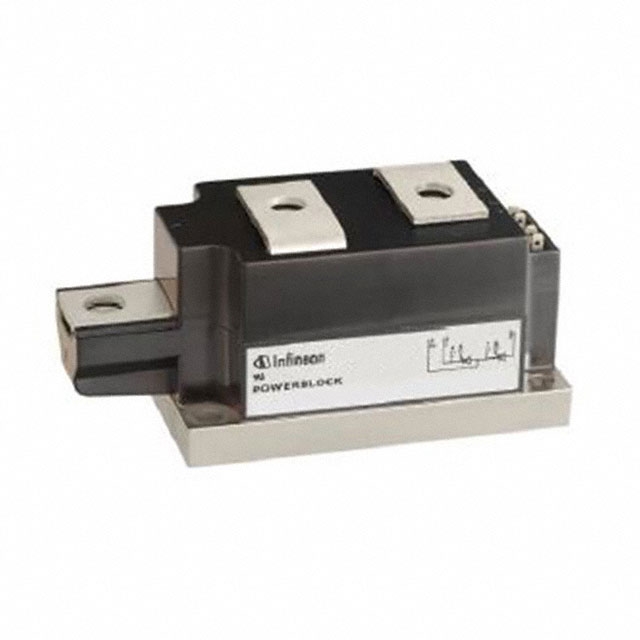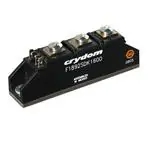L311 डेटाशीट, मूल्य, पीडीएफ
- ब्रांड: सेंसटा-क्राइडोम
- डाउनलोड करना: -
- कीमत: जाँच करना
- स्टॉक में: 23,223
- वर्तमान-गेटट्रिगर(आईजीटी)(अधिकतम): 100 एमए
- वर्तमान-नॉनरेपसर्ज5060हर्ट्ज(आईटीएसएम): 2250ए @ 60हर्ट्ज
- वर्तमान-होल्ड(Ih)(अधिकतम): -
- पैकेट: थोक

HK$250.00 से अधिक ऑर्डर पर निःशुल्क डिलीवरी

त्वरित प्रतिक्रिया, त्वरित उद्धरण

फ्लैश शिपमेंट, बिक्री के बाद कोई चिंता नहीं

मूल चैनल, प्रामाणिक उत्पादों की गारंटी
Key Features of the L311
The L311 is a versatile operational amplifier designed for low-voltage applications. It offers low power consumption while delivering high performance in terms of speed and accuracy. With a wide input voltage range, the L311 is ideal for battery-powered devices and energy-efficient systems. It has a rail-to-rail output, meaning it can swing the output voltage all the way from ground to the supply voltage, making it perfect for low-power circuits. Whether you’re designing a sensor interface, audio equipment, or signal conditioning systems, the L311 provides reliable, efficient performance, ensuring stability and precision in your designs.
L311 Pinout
| पिन नंबर | पिन नाम | विवरण |
|---|---|---|
| 1 | Offset Null | Used to adjust the offset voltage. Typically connected to a potentiometer for fine-tuning. |
| 2 | Inverting Input (−) | The inverting input of the op-amp. Connect this to the signal that you want to invert. |
| 3 | Non-Inverting Input (+) | The non-inverting input of the op-amp. Connect this to the reference or input signal. |
| 4 | V− (Negative Voltage Supply) | The negative supply voltage pin. Connect to the negative power rail, typically ground. |
| 5 | उत्पादन | The output pin where the amplified signal is provided. Connect to your next stage in the circuit. |
| 6 | V+ (Positive Voltage Supply) | The positive supply voltage pin. Connect to the positive power rail. |
Pinout Usage and Notes
The L311 op-amp has a typical 6-pin configuration. The non-inverting and inverting inputs (pins 2 and 3) are used for signal input, depending on whether you want to invert the signal or not. The output (pin 5) provides the amplified signal. It’s crucial to connect the V+ (pin 6) and V− (pin 4) pins to the correct power supply voltage, ensuring the op-amp operates correctly. The offset null pin (pin 1) is optional and used for fine-tuning the output if necessary. Always check the datasheet for specific voltage supply ranges and use appropriate filtering for optimal performance.
L311 Equivalent Models
| नमूना | वोल्टेज आपूर्ति | Output Type | Input Voltage Range | पैकेज का प्रकार | Application |
|---|---|---|---|---|---|
| L311 | 3V to 32V | Single-Ended | ±0.3V to V+ – 1.5V | TO-92 | Low-power circuits, amplifiers |
| LM358 | 3V to 32V | Single-Ended | ±0.3V to V+ – 1.5V | डीआईपी-8 | Audio amplification, signal conditioning |
| TLV2372 | 1.8V to 5.5V | रेल-टू-रेल | 0V to V+ – 1.5V | एसओटी-23-5 | Low-voltage, battery-powered systems |
| MCP602 | 2.7V to 5.5V | रेल-टू-रेल | 0V to V+ – 1.5V | एसओआईसी-8 | Low-power applications, signal amplification |
Equivalent Models Usage and Notes
If you’re considering alternatives to the L311, the LM358 is a popular option, providing similar voltage range and input capabilities, making it ideal for audio and signal processing applications. The TLV2372 offers rail-to-rail output, which is useful in low-voltage designs, and it operates within a lower voltage range, making it suitable for battery-powered systems. The MCP602 also provides rail-to-rail output with low power consumption, ideal for low-voltage applications. When selecting an equivalent, ensure that the voltage supply, output type, and current requirements align with your circuit’s needs.
Choosing the Right Operational Amplifier for Your Project
When selecting an operational amplifier like the L311, consider the supply voltage and the type of output you need. If you’re working on low-power systems, the TLV2372 or MCP602 could be ideal, as they offer rail-to-rail output and operate at lower voltages. The LM358 is another popular choice, offering a similar voltage range and suitable for audio or signal processing tasks. Make sure to match the op-amp with your specific requirements in terms of voltage, output type, and power consumption for the best performance in your circuit.
I couldn’t locate a specific schematic featuring the L311 operational amplifier. However, I can provide a general overview of how to use an LDO voltage regulator like the L311 in a circuit.
Typical LDO Voltage Regulator Circuit
In a standard setup, the LDO regulator is connected as follows:
-
Input Pin (IN): Connects to the input voltage source, typically 5V or 3.3V.
-
Ground Pin (GND): Connects to the common ground of the circuit.
-
Output Pin (OUT): Provides the regulated output voltage, such as 3.3V or 5V, depending on the regulator’s specifications.
-
Enable Pin (ON/OFF): Controls the activation of the regulator. A high signal (e.g., 3.3V) enables the regulator, while a low signal (e.g., 0V) disables it.
Additionally, capacitors are often placed at the input and output to stabilize the voltage and reduce noise. For instance, a 10µF ceramic capacitor might be used at the input, and a 10µF tantalum capacitor at the output.
Circuit Analysis
-
Power Supply: Ensure the input voltage is within the specified range for the regulator. For the L311, this typically ranges from 2.0V to 6.0V.
-
Capacitors: Use recommended capacitor types and values to maintain stability and minimize noise. Refer to the regulator’s datasheet for specific recommendations.
-
Enable Pin: Properly manage the enable pin to control the regulator’s operation. Leaving it floating can lead to unpredictable behavior.
For detailed information and specific application circuits, it’s advisable to consult the datasheet of the L311 voltage regulator. This document provides comprehensive guidelines on capacitor selection, layout considerations, and typical application circuits to ensure optimal performance.














